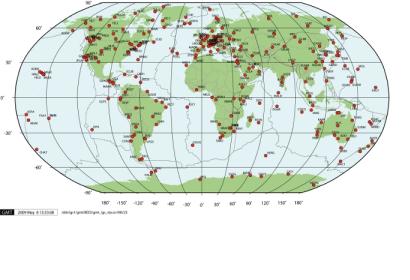After the 2004 Indian Ocean tsunami the international community stepped up its efforts on developing and building early warning systems. Japan is a leading nation with respect to expertise and implementation of both earthquake and tsunami early warning systems. The Tohoku earthquake and the subsequent tsunami that rushed towards and devastated the shores of Honshu island in Japan would have been a substantially larger disaster than it already is, were it not for the well functioning warning systems on the Japanese islands.
An early warning system consist of 4 elements: Risk Knowledge; Warning Service; Dissemination and Response Capability. An effective warning system requires continuous monitoring of our planet; on local, regional and global scales. Several global infrastructures serves various nations needs depending on their particular natural hazards challenges. While there are dedicated instrumental networks for tsunami early warnings, signals from other networks are also contributing to both the before and after analysis that goes into the warning systems.
There are whole range of geodetic observing systems are included on the list of instruments reading the earthquake and tsunami signals. In addition we have the seismic signals that perhaps is more well-known in connection with earthquakes. For a tsunami early warning system three different types of signals are monitored; seismic, geodetic and oceanographic.

